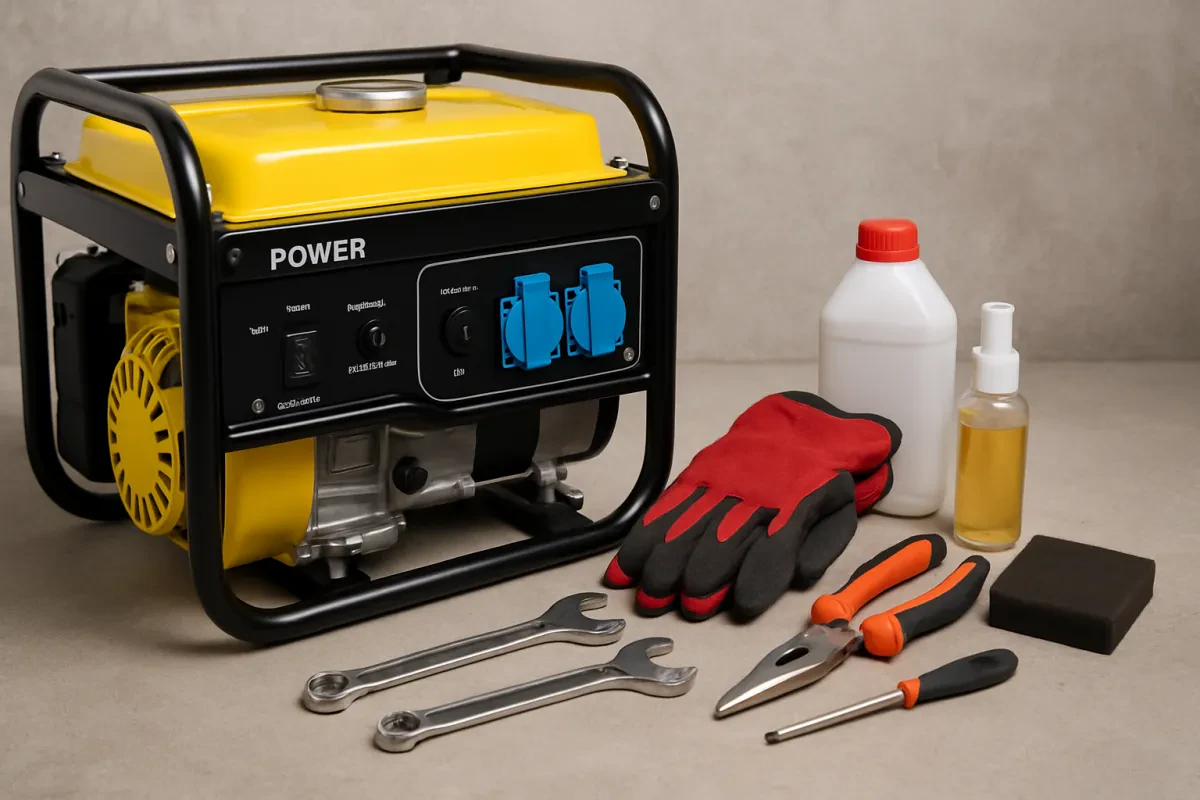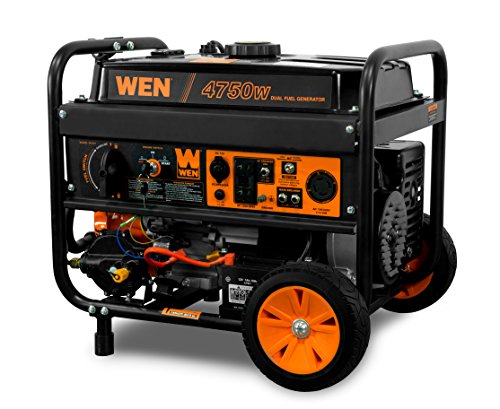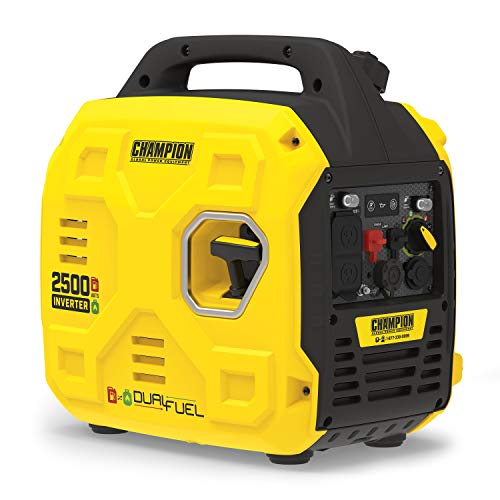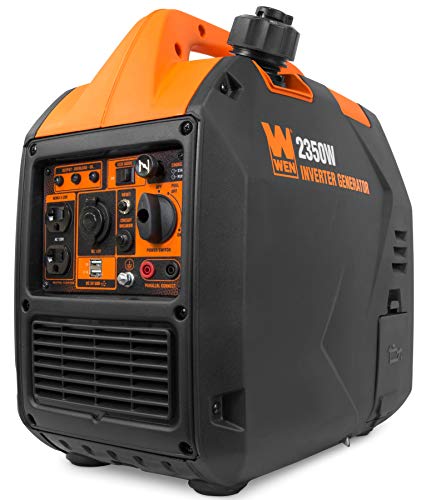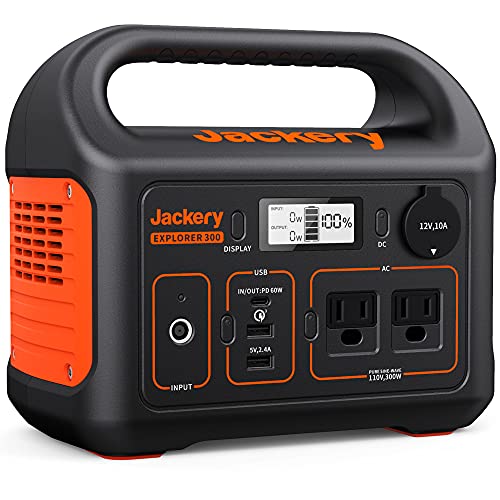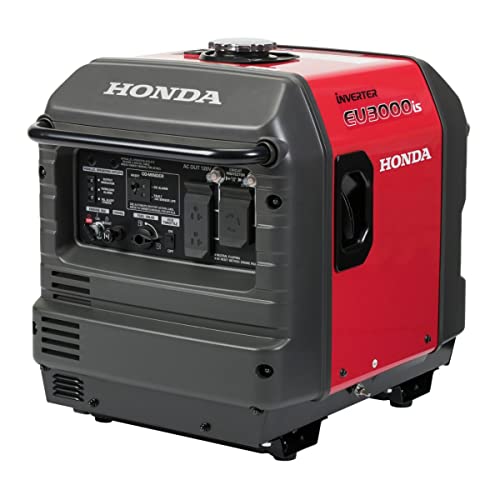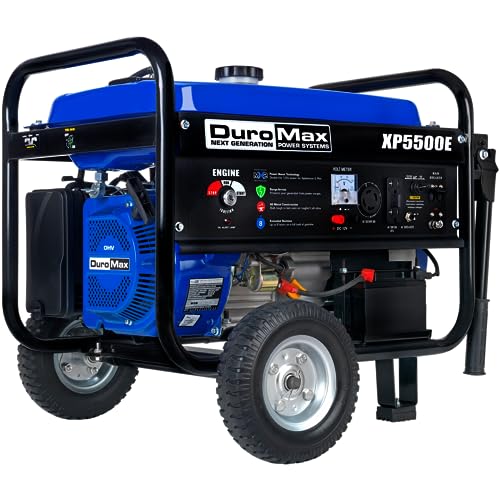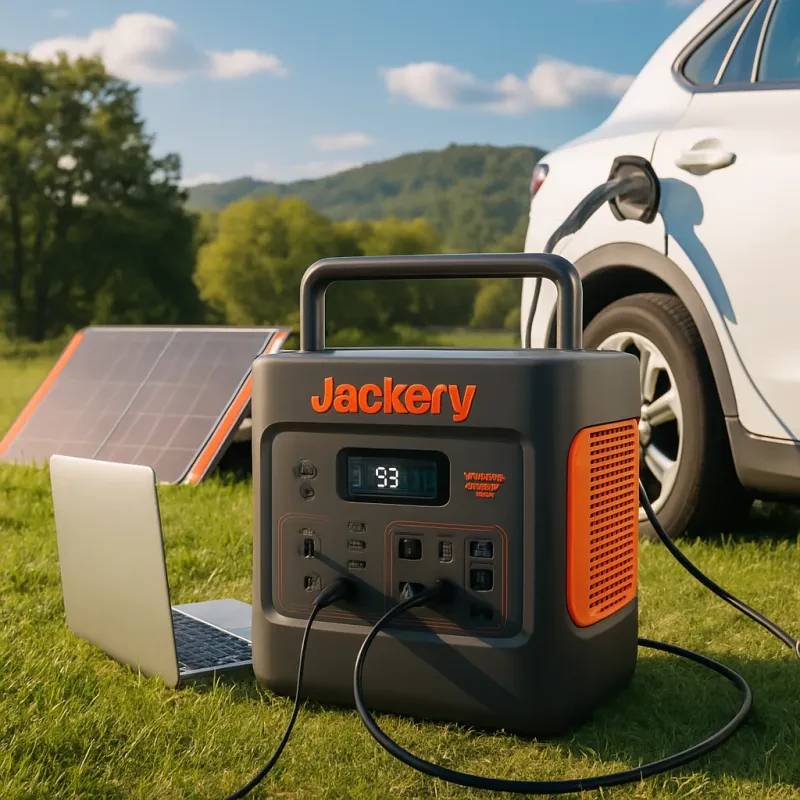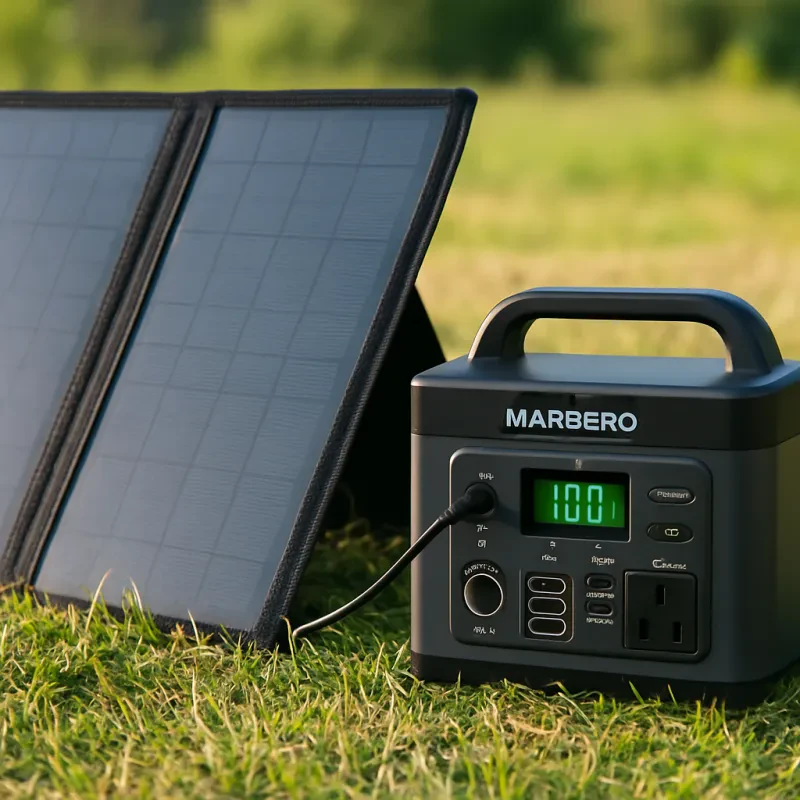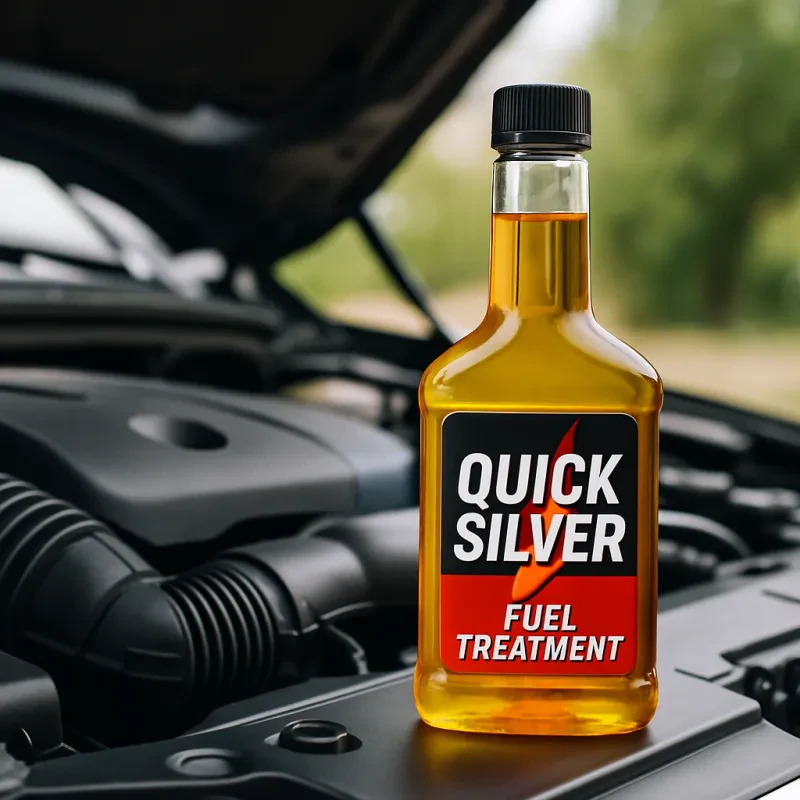Essential Maintenance Tasks: Boosting the Performance and Lifespan of Your Portable Generator
Portable generators are valuable tools that provide emergency power during blackouts, outdoor adventures, or construction projects. To ensure that your portable generator remains in top shape and delivers reliable performance when you need it the most, regular maintenance is crucial. Here are some essential maintenance tasks to help boost the performance and lifespan of your portable generator:
1. Read the Manufacturer's Manual
Before attempting any maintenance tasks, it is vital to read and understand the manufacturer's manual specific to your portable generator. The manual provides important details and recommendations regarding maintenance procedures, intervals, and any specific requirements for your generator model.
2. Check and Change the Oil
Regularly checking and changing the oil in your portable generator is one of the most critical maintenance tasks. Just like an automobile engine, a generator's engine requires clean oil to operate efficiently. Consult the manual to determine the recommended oil type and change intervals, as they may vary depending on usage and climate.
3. Inspect and Clean the Air Filter
The air filter prevents dirt, debris, and dust from entering the generator's engine, ensuring optimal performance. Inspect the air filter regularly and clean or replace it as necessary. A clogged filter can decrease air flow and strain the engine, potentially causing damage.
4. Inspect and Clean the Spark Plug
The spark plug is responsible for igniting the fuel-air mixture in the generator's engine. Over time, the spark plug can become dirty or corroded, affecting starting and overall performance. Inspect the spark plug regularly and clean or replace it according to the manufacturer's recommendations.
5. Check the Fuel System
Regularly inspect the fuel system for any leaks, blockages, or damage. Ensure that the fuel tank is clean and the fuel filter is replaced as recommended. Storing the generator with a full fuel tank and adding a fuel stabilizer can help prevent fuel-related issues during periods of inactivity.
6. Test the Battery
If your portable generator features an electric start, it likely has a battery. Test the battery regularly and ensure it is fully charged, as a weak or dead battery can prevent the generator from starting. Clean the battery terminals and cables to maintain a good connection.
7. Inspect the Cooling System
The cooling system of a portable generator prevents overheating and ensures proper operation. Inspect the cooling fins, radiator, or air vents for any dirt, debris, or blockages. Clean them using compressed air or a soft brush to ensure adequate airflow.
8. Regularly Run the Generator
Even if you don't require backup power, running your portable generator for short periods periodically helps lubricate internal components and prevent fuel system issues due to stagnant fuel. Consult the manual to determine the recommended intervals and load requirements for exercising the generator.
9. Store Your Generator Properly
When not in use, store your portable generator in a clean and dry environment. Protect it from moisture, extreme temperatures, and direct sunlight. Ensure that all maintenance tasks, such as oil changes, filter replacements, and fuel stabilization, are performed before storing the generator for an extended period.
By following these essential maintenance tasks, you can significantly enhance the performance and lifespan of your portable generator. Regular maintenance not only ensures reliable operation but also reduces the likelihood of unexpected breakdowns, allowing you to get the most out of your investment.
Honda 3000W Portable Gas Power Generator
Reliable and efficient portable power generation for all your needs with the Honda 3000W Gas Power Generator
Product information
€1,863.73
Product Review Score
4.5 out of 5 stars
231 reviewsProduct links
Simple DIY Maintenance Tips: Comprehensive Guide to Keeping Your Portable Generator in Peak Condition
Regular maintenance is essential to keep your portable generator running smoothly and ensure its longevity. By following a few simple DIY maintenance tips, you can keep your generator in top shape and ready for any emergency situations. This comprehensive guide will walk you through the necessary steps to maintain your portable generator.
1. Read the Manual:
Always start by reading the manufacturer's manual for specific instructions regarding maintenance and safety precautions. This will provide you with important information about your particular generator model.
2. Check the Fuel:
Regularly check the fuel level in your generator's tank and ensure it is properly filled. Use fresh fuel and avoid storing gasoline for long periods, as it can become stale and affect the generator's performance.
3. Change the Oil:
Similar to maintaining a car, regular oil changes are crucial for the overall functioning of your generator. Follow the recommended oil change intervals provided by the manufacturer.
4. Clean the Air Filter:
A clogged air filter restricts airflow, leading to poor generator performance. Clean or replace the air filter as recommended in the manual to ensure a steady air supply and prevent dust and debris from damaging the engine.
5. Inspect and Clean Spark Plugs:
Examine the spark plugs regularly and clean or replace them if necessary. Faulty spark plugs can cause starting issues or affect the generator's performance. Refer to the manual for the correct spark plug type and gap specifications.
6. Maintain Battery:
If your portable generator has a battery, it's important to take care of it. Regularly check the battery's charge and terminals for corrosion. Clean the terminals and keep the battery charged to ensure easy starting.
7. Test the Generator:
Periodically test the generator's functionality by running it with a load for a short duration. This helps ensure all components are working correctly and prevents issues due to prolonged periods of inactivity.
8. Store Properly:
If you won't be using the generator for an extended period, follow the manufacturer's instructions for proper storage. This typically involves draining the fuel and oil, and storing it in a clean and dry location.
Remember, safety is paramount when performing any maintenance on your portable generator. Always disconnect the generator from power sources before attempting any maintenance tasks. By regularly following these simple DIY maintenance tips, you can enhance the performance and lifespan of your portable generator.
DuroMax XP5500E Portable Generator - 5500W Electric Start
Powerful and Convenient Portable Generator for All Your Electricity Needs
Product information
Product Review Score
4.68 out of 5 stars
101 reviewsProduct links
Proactive Care: Expert Maintenance Techniques for Maintaining the Optimal Functionality of Your Portable Generator
Portable generators are incredibly useful tools, providing power when you need it the most. Whether you rely on your generator for outdoor activities, camping trips, or as a backup power source during emergencies, it is essential to keep it in top shape to ensure optimal functionality and longevity.
Regular Inspections
One of the most critical tasks in maintaining your portable generator is conducting regular visual inspections. This involves checking for any signs of damage, such as frayed wires, loose screws, or dents. Inspect the fuel lines and tanks for leaks or corrosion and ensure all connections are tight and secure. By identifying and addressing these issues early on, you can prevent further damage and costly repairs.
Oil and Filter Changes
Just like any other engine, your portable generator requires regular oil and filter changes. Refer to the manufacturer's guidelines on how often to change the oil and what type of oil to use. Typically, this should be done every 50 to 100 hours of operation or at least once a year. Remember to check the oil level and replace the oil filter during each oil change. Proper lubrication of the engine parts is crucial for smooth operation and to prevent excessive wear and tear.
Spark Plug Maintenance
The spark plug plays a vital role in starting your generator. Over time, spark plugs can become dirty or corroded, leading to inefficient engine performance or starting issues. It is recommended to inspect and clean or replace the spark plug every 100 hours of operation or at least once a year. Use a spark plug gap tool to ensure the gap is within the manufacturer's specified range for optimal performance.
Battery Maintenance
Many portable generators feature an electric starter powered by a battery. To maintain its functionality, regularly check the battery terminals for corrosion and clean them if necessary. Ensure the battery is adequately charged and test it periodically to verify its performance. If you store your generator for an extended period, it is advisable to remove the battery and store it in a cool, dry place.
Fuel System Care
The fuel system is another critical component that requires attention. To prevent fuel-related issues, always use fresh fuel and properly store it in a suitable container. Stale fuel can clog the carburetor jets or cause other problems. Additionally, consider using a fuel stabilizer for added protection and follow the manufacturer's instructions for your specific generator model. If your generator has a fuel filter, inspect and replace it regularly to maintain a clean fuel supply.
Keep it Clean
Regular cleaning of your portable generator is essential to prevent dirt, dust, and debris from accumulating and potentially causing damage. Always clean the generator after each use, paying attention to the cooling vents, air filters, and areas around the engine. Use a soft cloth or brush to remove any debris and be cautious not to damage any delicate components. A clean generator is less prone to overheating and performs better overall.
In conclusion, proactive care and regular maintenance are key to ensuring your portable generator functions optimally whenever you need it. By conducting visual inspections, changing the oil and filter, maintaining spark plugs and batteries, caring for the fuel system, and keeping it clean, you can extend the lifespan of your generator and avoid unexpected issues. Remember to consult your generator's manual for specific instructions and always prioritize safety during maintenance procedures.
